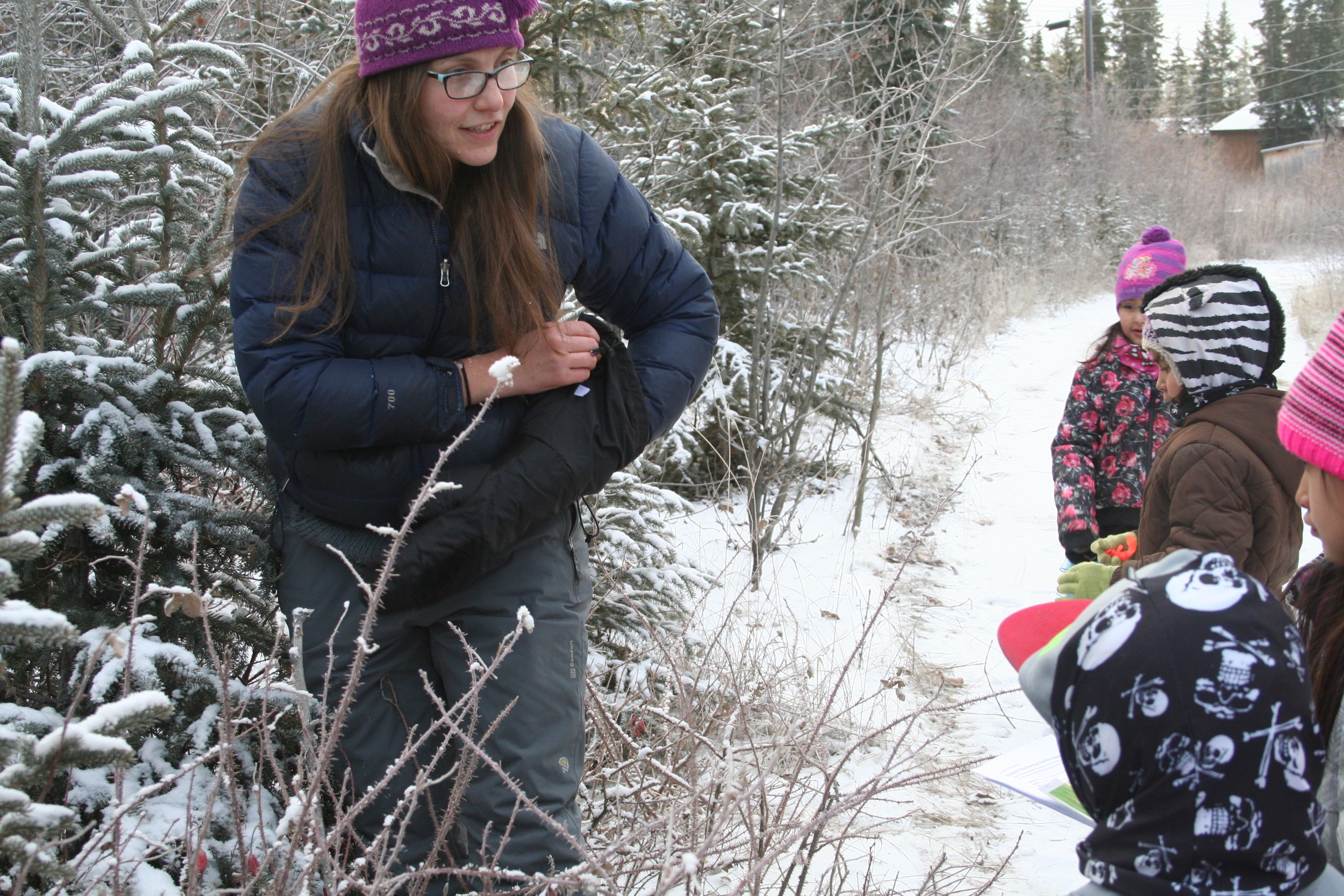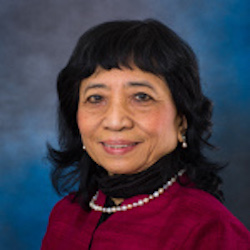Overview
Our project aimed to develop a year-long interdisciplinary, culturally responsive unit of study that braids citizen science throughout the seasonal cycle with art, Gwich’in language, math, culture, and community service. To do this, John Fredson School teacher Terri Mynatt and University of Alaska Fairbanks ecologist Katie Spellman partnered to engage students in the early primary grades in a year-round suite of citizen science monitoring projects using Global Learning and Observations to Benefit the Environment (GLOBE). They also piloted a new UAF citizen science program called Winterberry, now fully launched throughout Alaska. Students tracked changes in the clouds, weather, temperature, soil active layer, and berry abundance throughout the year, supported by learning activities across the disciplines and visits from “Dr. Katie.”
Our expected outcomes for k-2 students in Venetie include: (1) increased science identity and science enthusiasm; (2) Increased participation in professional science practices; (3) increased perception of connections between components of the Arctic system, such as connections between weather, soil and plants and animals; and (4) increased understanding of connections between science, their own lives, and their community.
Read more about the project's recent participation in the Alaska GLOBE (Global Learning and Observations to Benefit the Environment) Learning Expedition here:
Alaska students share real-life climate change experiences at international event, Article in IARC Latest News and Upcoming Events by Heather McFarland, 6 September 2018.
Project Location
Project Products
By Terri Mynatt and Katie Spellman
We created this learning tool to match the seasonal subsistence activity calendar to the student's own activities and their citizen science monitoring projects. The circular graph allows students to see connections between the soil active layer, berry phenology, and air temperature.
Website
Winterberry Citizen Science ProjectDates
-Members
Lead Scientist

Lead Educator

Gwich'in Language Teacher and Community Collaboratorq
Collaborating Educator
Collaborating Scientist


